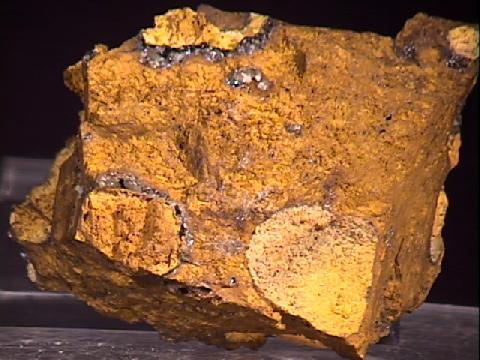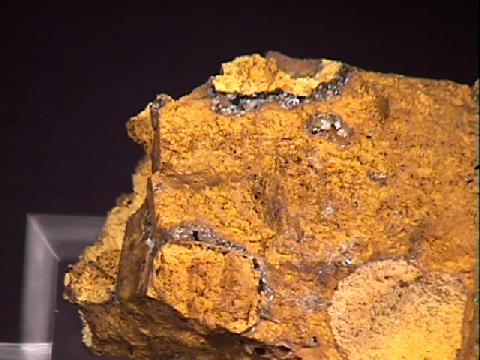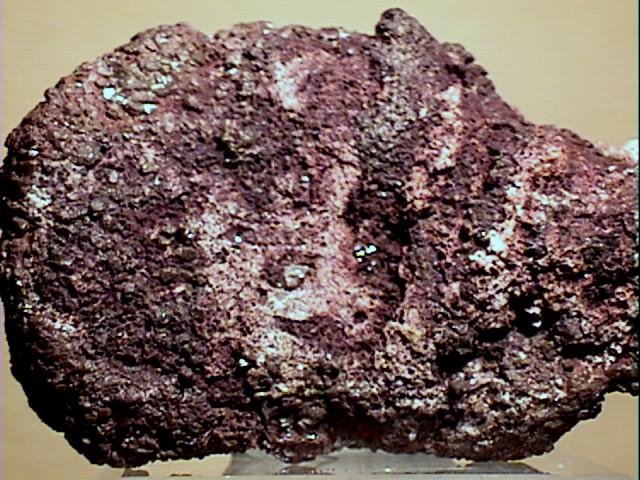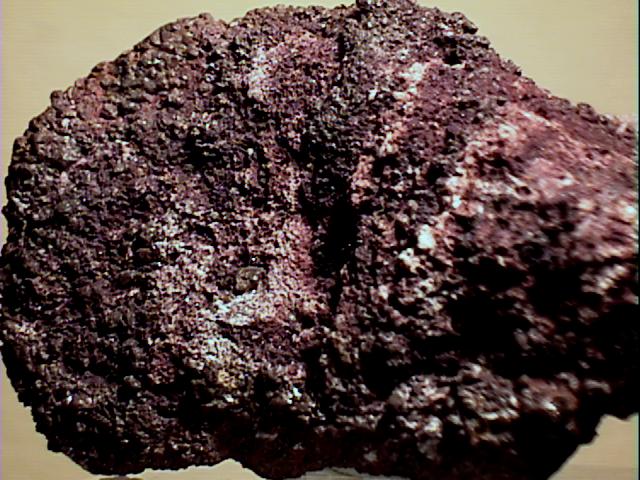 THE MINERAL CHLORARGYRITE
THE MINERAL CHLORARGYRITE
- Chemistry: AgCl, Silver Chloride
- Class: Halides
- Uses: As a minor ore of silver and as mineral specimens.
Specimens
The chlorargyrite forms on top of silver ore veins that have been subjected to weathering. The silver ore vein is often of such a concentration that it would not be a very profitable ore body were it not for a process called supergene enrichment. Supergene enrichment occurs when certain metals are leached out of slightly soluble minerals by hydrothermal fluids. These metals are then redeposited as a different mineral in concentrated pockets. These pockets are usually more rich in ore metals than the original material, thus the process is aptly termed an enrichment. Chlorargyrite is just one of these supergene enrichment product minerals.
Unfortunately for mineral collectors, chlorargyrite rarely forms good crystals. This makes the few crystals that are seen all the more valuable. Crystals are generally found as cubes that have a pearly gray to brown color and the luster is a generally silky to resinous.
PHYSICAL CHARACTERISTICS:
- Color is colorless on fresh surfaces; pearly gray, brown or violet-brown otherwise.
- Luster is resinous, silky or adamantine.
- Transparency: Crystals are translucent to transparent.
- Crystal System is isometric; 4/m bar 3 2/m.
- Crystal Habits include very scarce cubes, more commonly massive, stalactitic, crusty and columnar.
- Cleavage is absent.
- Fracture is conchoidal.
- Hardness is 1.5 - 2.5
- Specific Gravity is 5.5 - 5.6 (very heavy for translucent minerals)
- Streak is white.
- Other Characteristics: Crystals darken upon exposure to light and plastic, ductile and sectile, meaning it can be molded, pounded into different shapes and cut into slices.
- Associated Minerals include barite, calcite, stephanite, acanthite, native silver and other silver ore minerals.
- Notable Occurrences include Atacama, Chile; Harz Mountains, Germany; Treasure Hill and Comstock Lode, Nevada, Colorado and Silver City District, Idaho, USA; Bolivia; France; Italy; Spain and New South Wales, Australia.
- Best Field Indicators are color, luster, lack of cleavage, density, associations, ductility and crystal habit.






